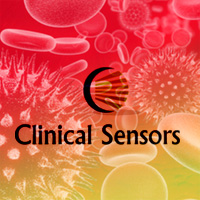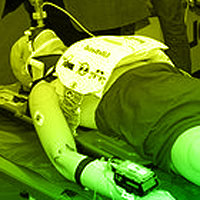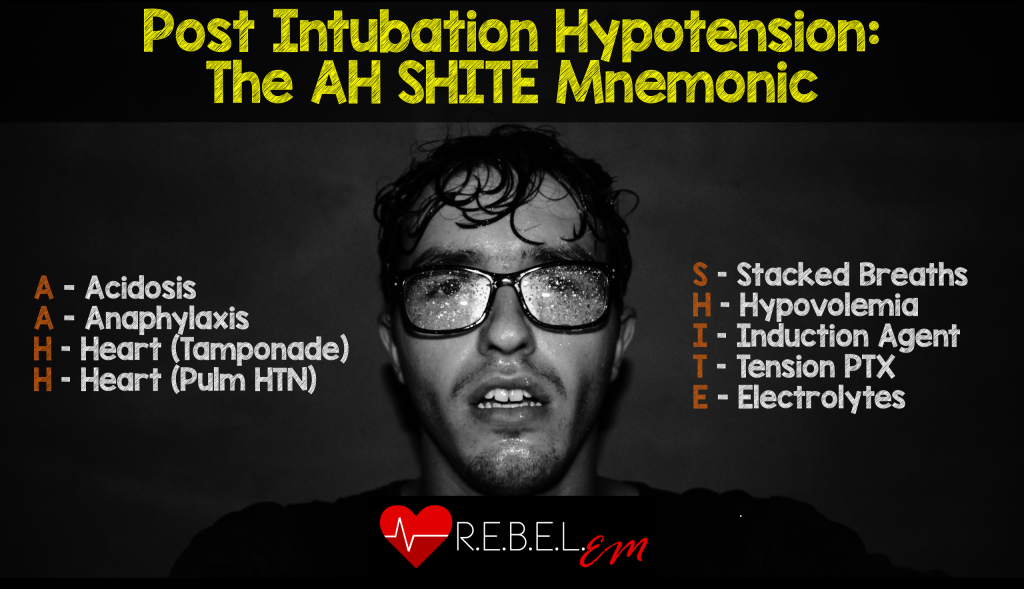
Clinical Sensors lands $1.5 million in NIH grants for sepsis work
Clinical Sensors, a startup based in Research Triangle Park, North Carolina, has been awarded two Small Business Research Grants from the National Institutes of Health. Together, the grants total $1.5 million and are earmarked... read more

Single IRBs in Multisite Trials
On June 21, 2016, the US government announced changes that are arguably the most significant of the last quarter century concerning the protection of human research participants - a requirement for use of central or single... read more

NIH Consortium to Study Biomarkers for Dementia
A new National Institutes of Health (NIH) funded consortium will work to identify and validate trial-ready biomarkers for small vessel diseases in the brain that contribute to cognitive impairment and dementia. Seven participating... read more

Promoting Mobility and Preventing Falls in the Hospital
When older adults are hospitalized, there is an inherent tension between preventing falls and promoting mobility. In response to public and professional attention to medical errors, federal policy and, in turn, hospital culture... read more

The impact of oral care on oral health status and prevention of VAP in critically ill patients
Ventilator-associated pneumonia (VAP) is one of the most common nosocomial infections which increase mortality rate and length stay of hospitalization. Oral care would not only improve patient’s oral health and well-being,... read more

Plasma metabolomics for the diagnosis and prognosis of H1N1 influenza pneumonia
Metabolomics is a tool that has been used for the diagnosis and prognosis of specific diseases. The purpose of this study was to examine if metabolomics could be used as a potential diagnostic and prognostic tool for H1N1... read more

Rocketamine vs. Keturonium for Rapid Sequence Intubation
Airway management is a detail-oriented sport. Minor nuances of patient positioning can be essential. Or gentle laryngeal manipulation. Apneic oxygenation can improve first-pass success. Placing the pulse oximeter on the... read more

Systemic and Microcirculatory Effects of Blood Transfusion in Experimental Hemorrhagic Shock
The microvascular reperfusion injury after retransfusion has not been completely characterized. Specifically, the question of heterogeneity among different microvascular beds needs to be addressed. In addition, the identification... read more

Manual vs. Integrated Automatic Load-distributing Band CPR with Equal Survival after out of Hospital Cardiac Arrest
Between March 5, 2009 and January 11, 2011 a randomized, unblinded, controlled group sequential trial of adult out-of-hospital cardiac arrests of presumed cardiac origin was conducted at three US and two European sites. After... read more

Big Data Detects Sepsis In Major Hospitals
Data analytics have found that large medical facilities have higher rates of death from sepsis than their smaller hospital counterparts. Researchers from Houston Methodist Hospital recently used Big Data analytics to learn... read more

Fluid resuscitation in human sepsis: Time to rewrite history
Fluid resuscitation continues to be recommended as the first-line resuscitative therapy for all patients with severe sepsis and septic shock. The current acceptance of the therapy is based in part on long history and familiarity... read more

Hemodialysis and Survival in Intubated Salicylate-Poisoned Patients
Salicylate-poisoned patients can be incredibly complex and severely ill. Secondary to the significant acid-base abnormalities that can accompany salicylate poisoning, hemodialysis (HD) is sometimes required to facilitate... read more

No Major Azithromycin Arrhythmia Risk in Huge European Cohort
Current use of azithromycin (Zithromax/Zmax, Pfizer) was linked with a twofold increased risk of ventricular arrhythmia compared with no antibiotic use, but this risk disappeared when azithromycin use was compared with amoxicillin... read more

Post Intubation Hypotension: The AH SHITE mnemonic
Here is a crowd sourced approach that will allow most etiologies of post intubation hypotension to be identified: The AH SHITE mnemonic is something that you can quickly run through en route to the patient’s room, or at... read more

Use of Patient-Generated Wound Data to Improve Postdischarge SSI Monitoring
The use of mobile health (mHealth) to convey patient-generated health data (PGHD) offers new enhancements and challenges to the provision of surgical care. The Mobile Post-Operative Wound Evaluator (mPOWEr) is a patient-centered... read more

Admission to the ICU is Associated With Changes in the Oral Mycobiome
A prospective exploratory study was conducted to characterize the oral mycobiome at baseline and determine whether changes occur after admission to the intensive care unit (ICU). We found that ICU admission is associated... read more

Clinical summaries for hospitalised patients: time for higher standards
The average person remembers less than half of the information provided by healthcare professionals during a medical visit. The situation is arguably most challenging for patients leaving the hospital, where acute illness,... read more









